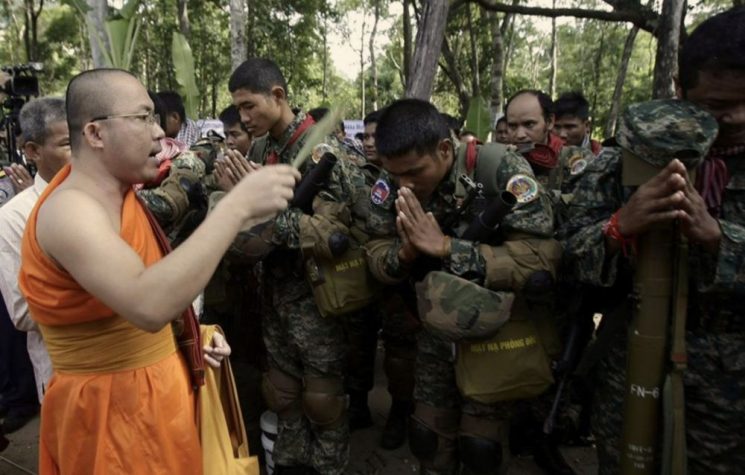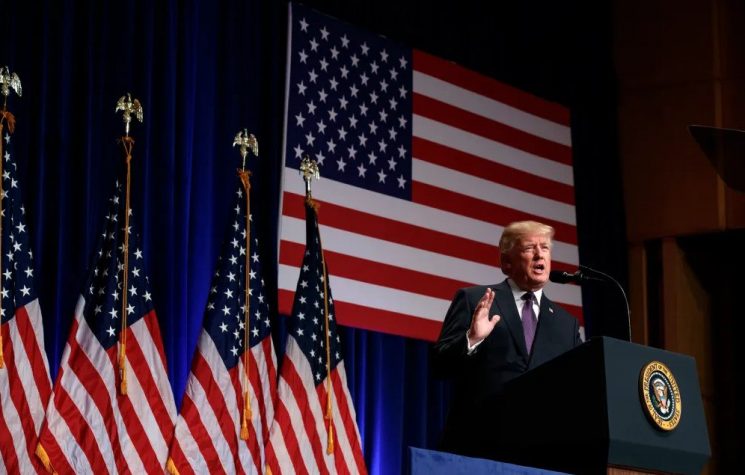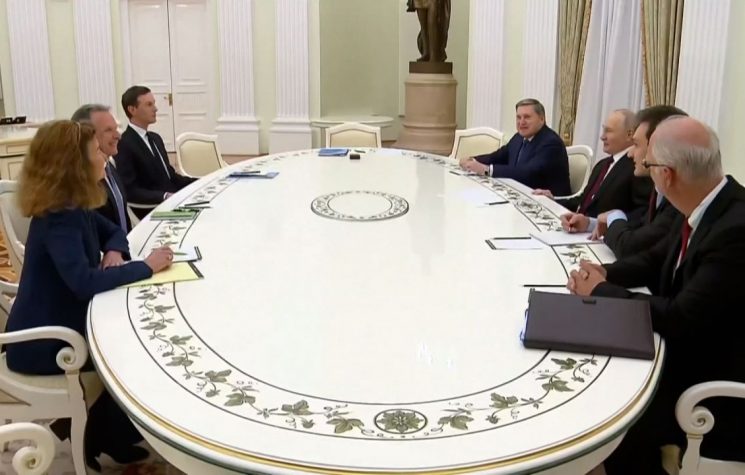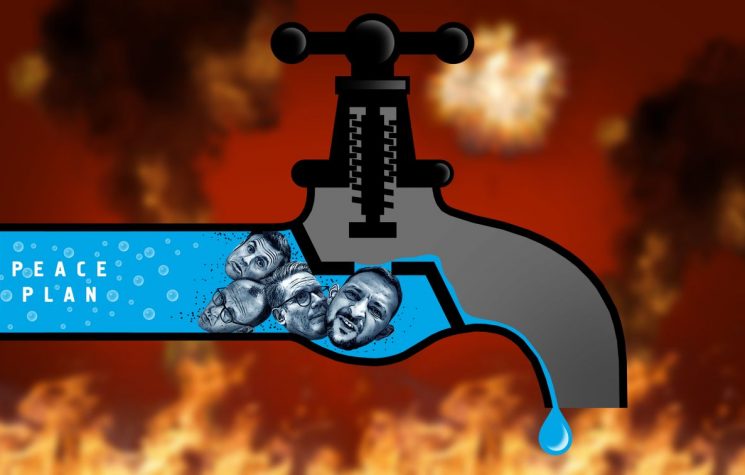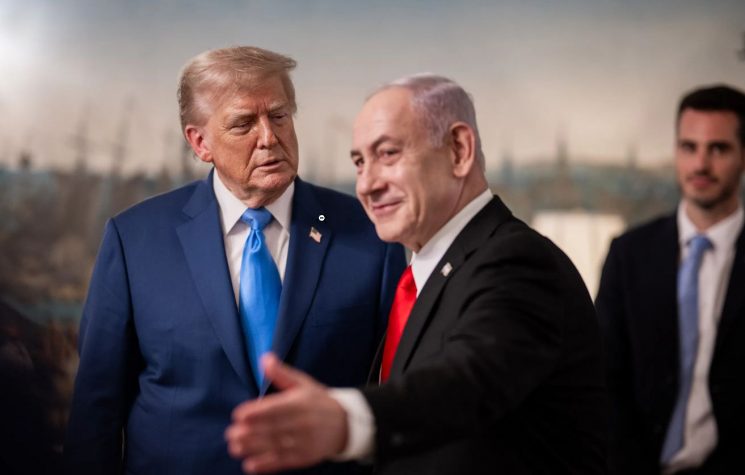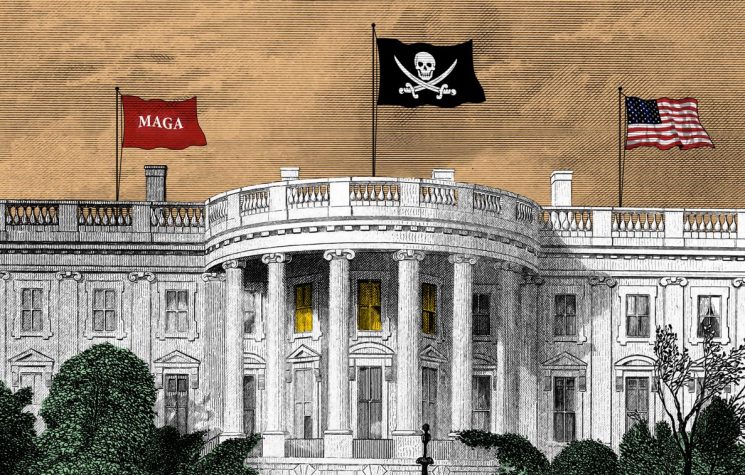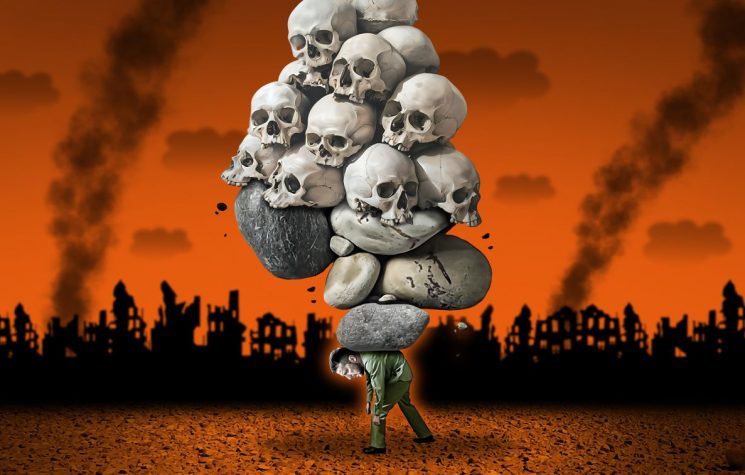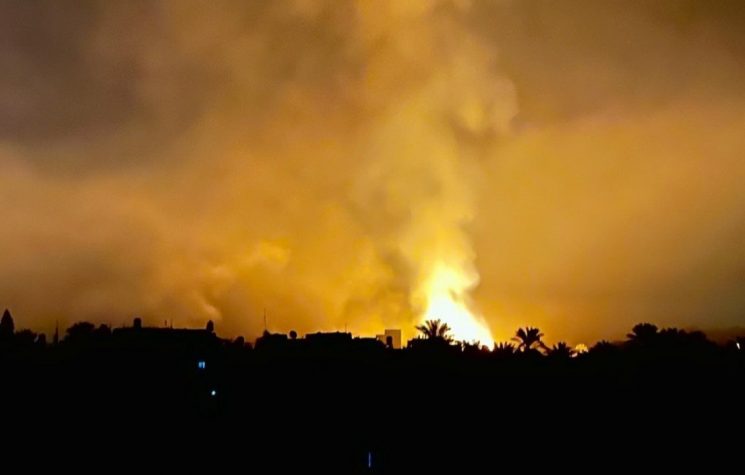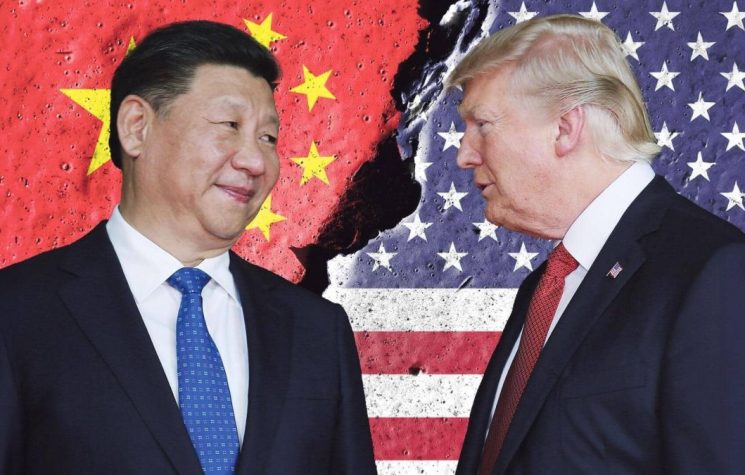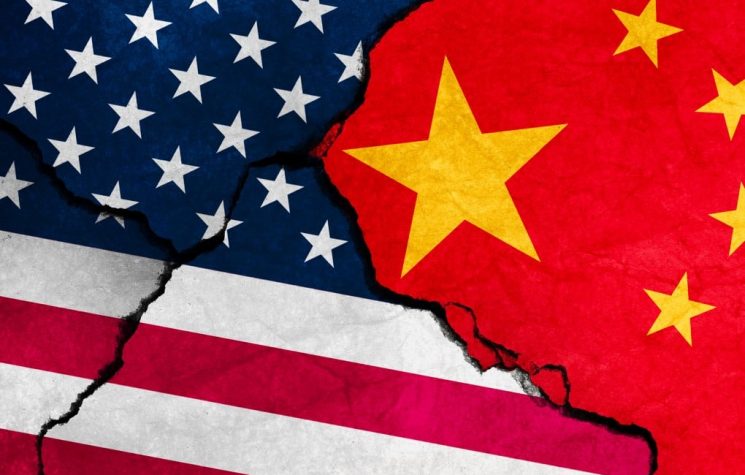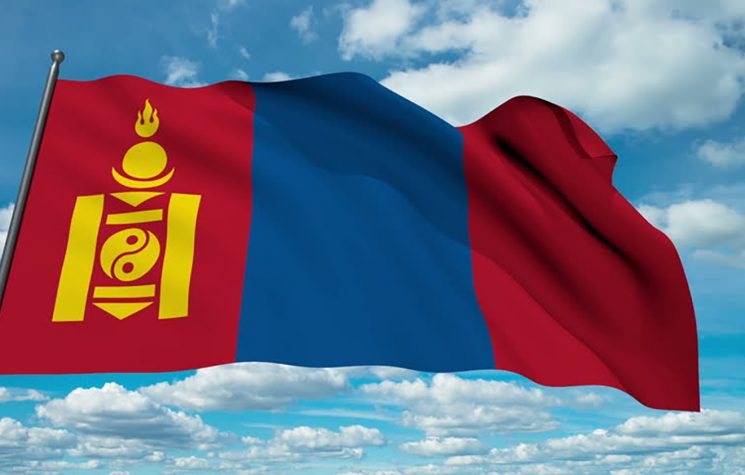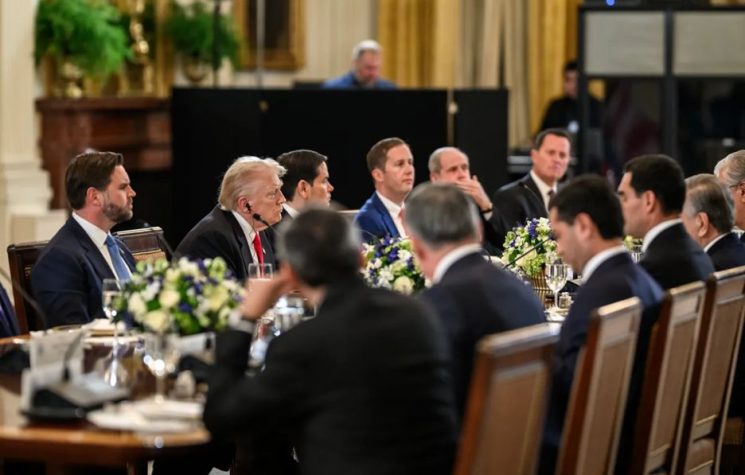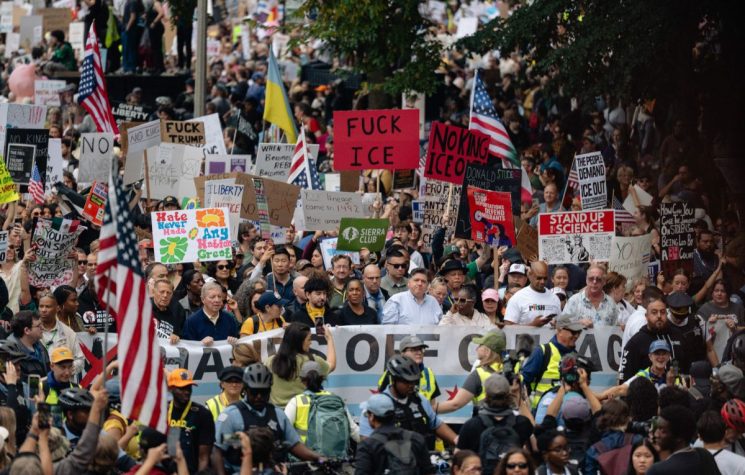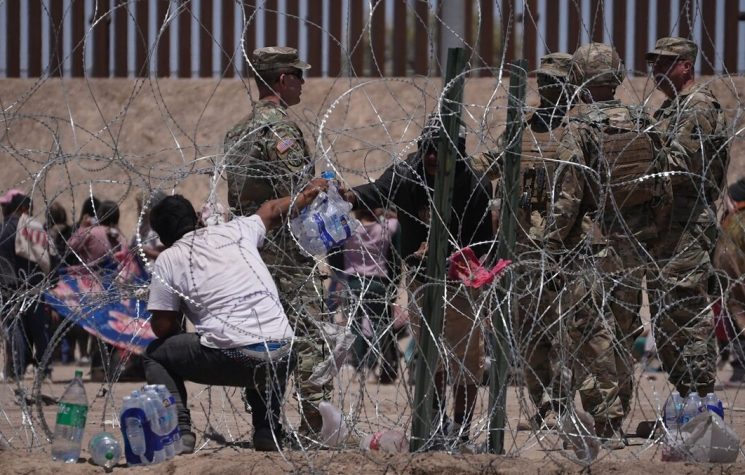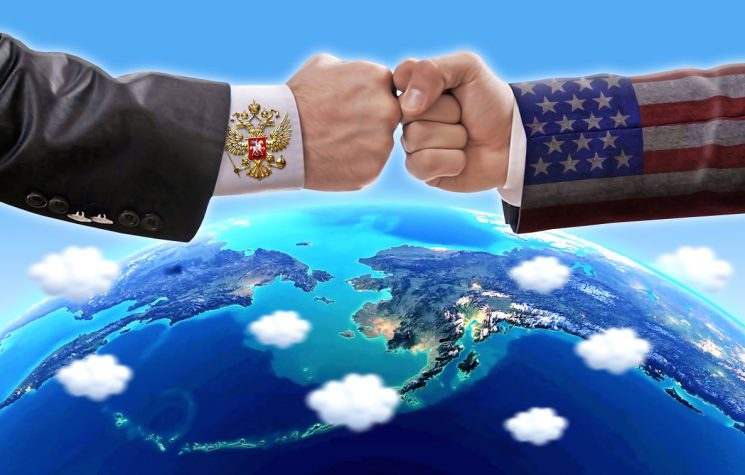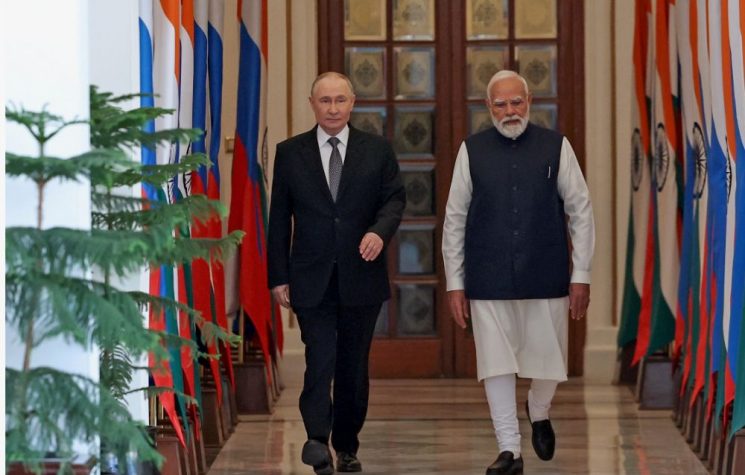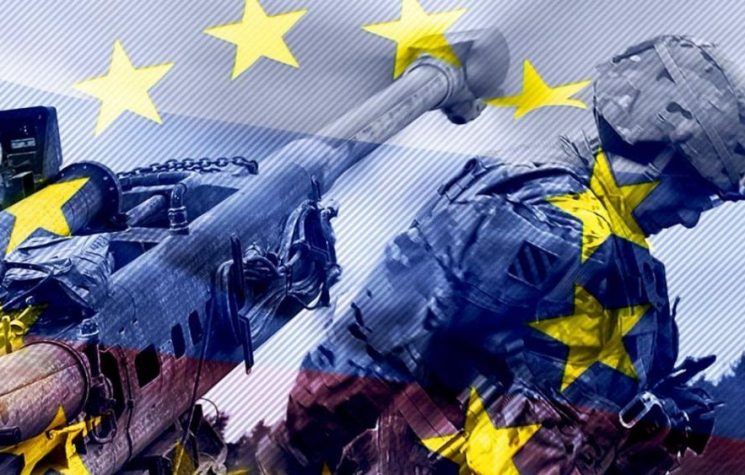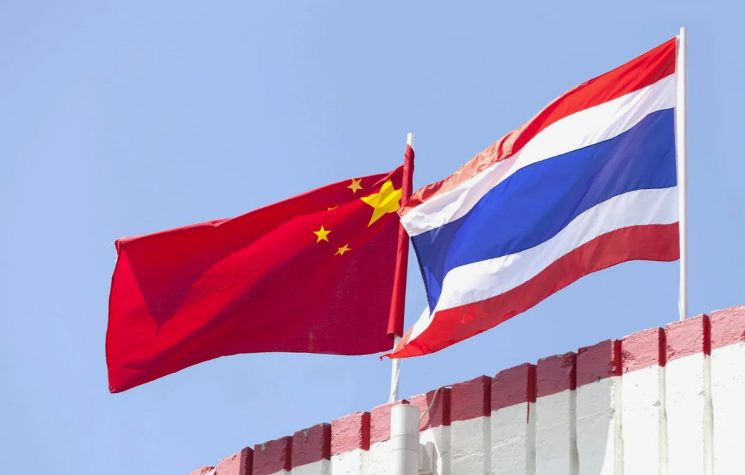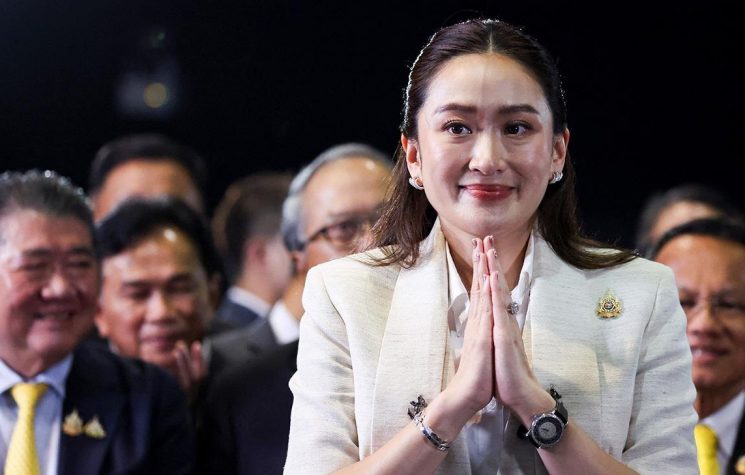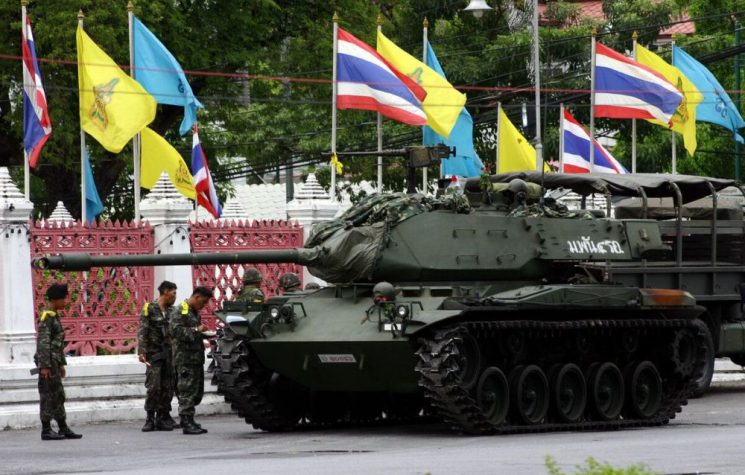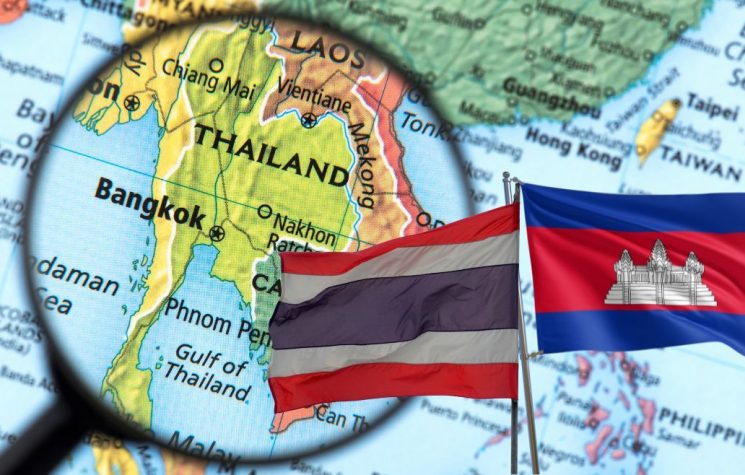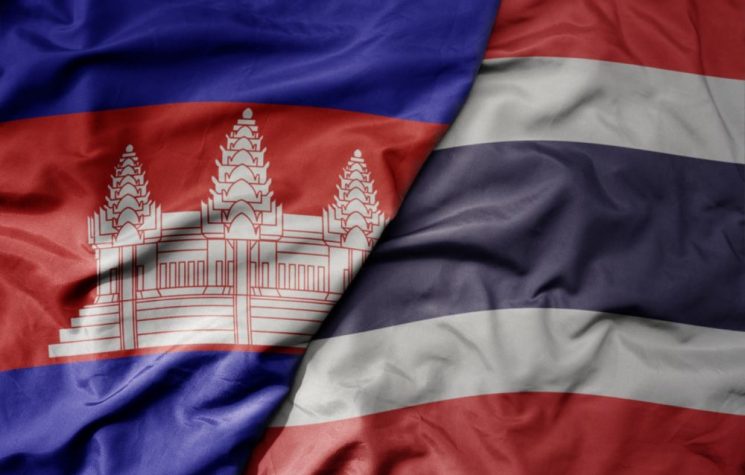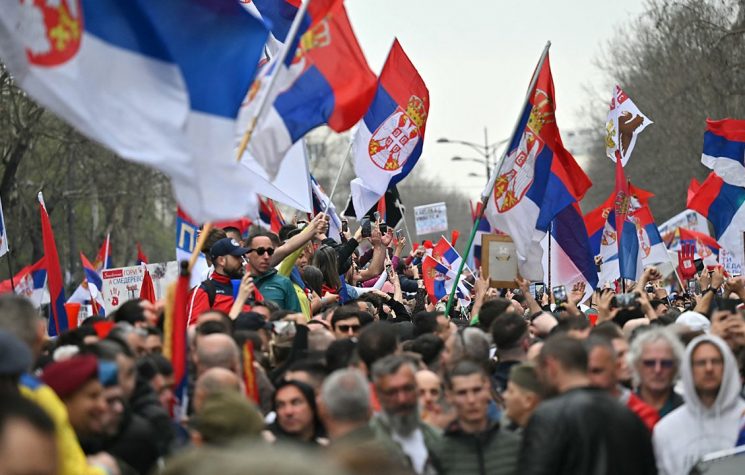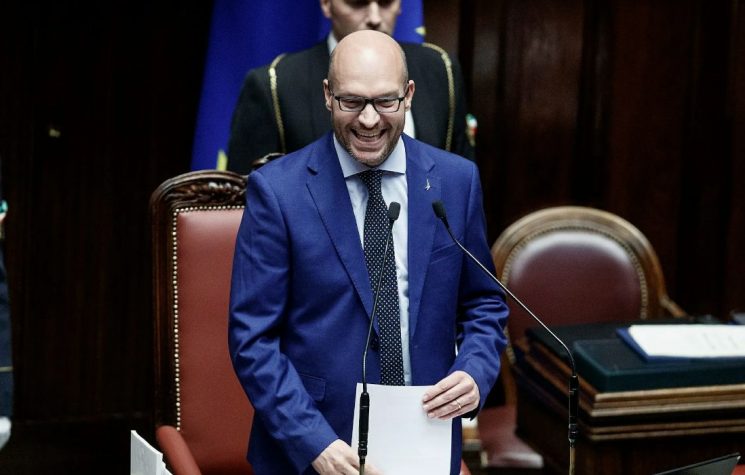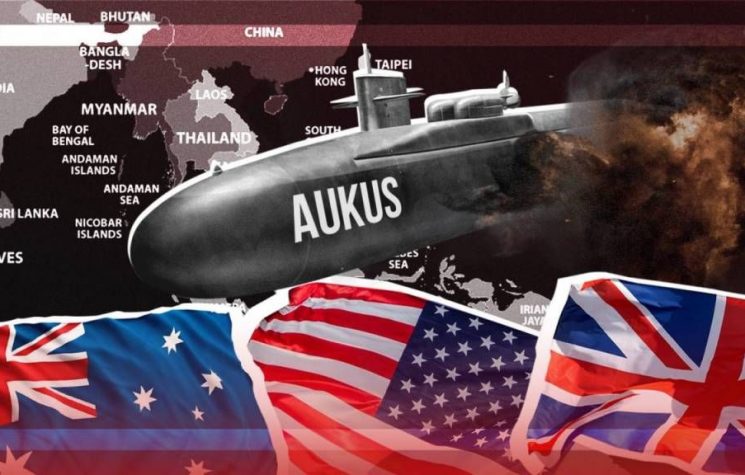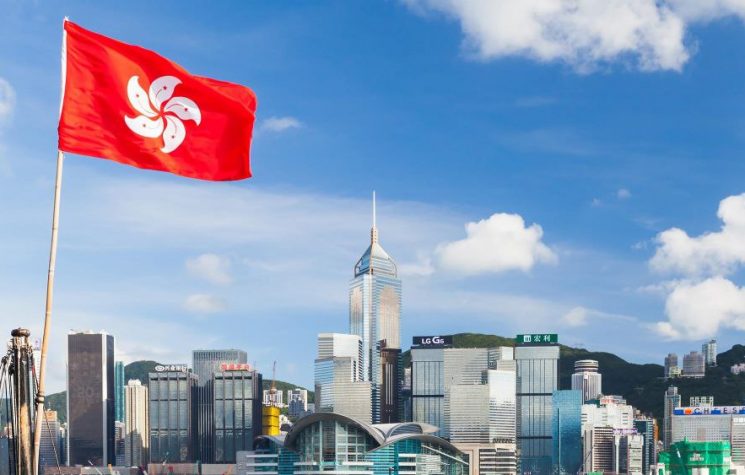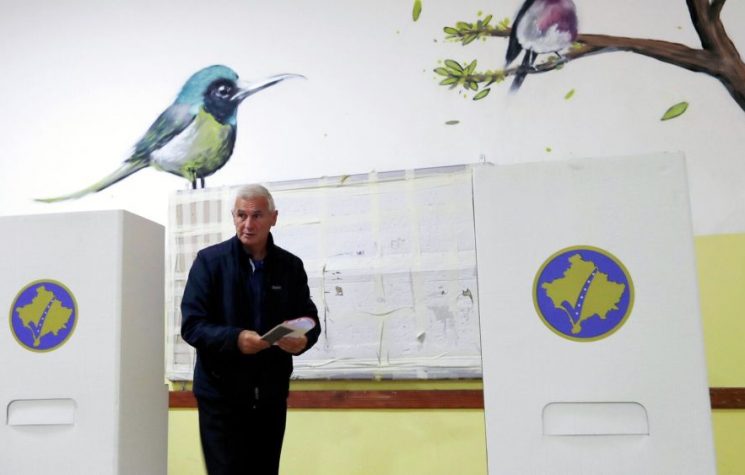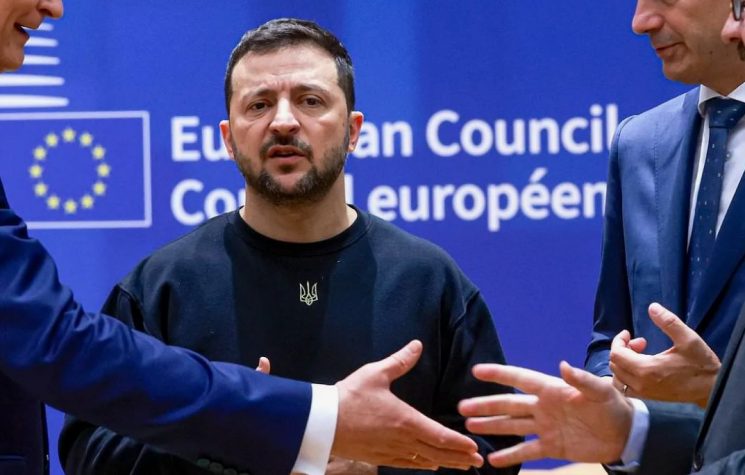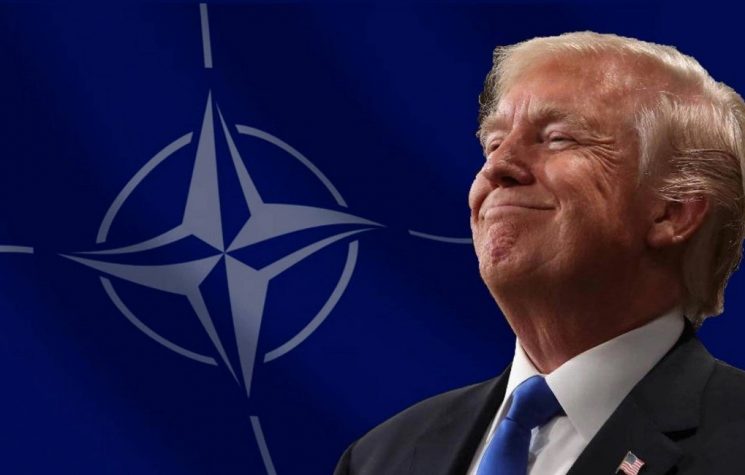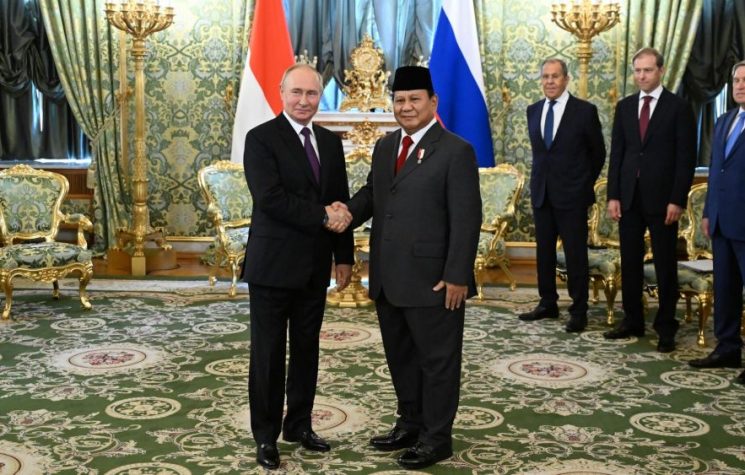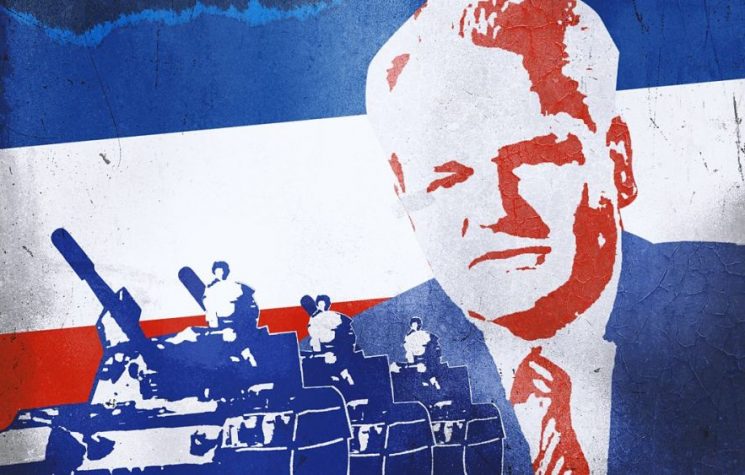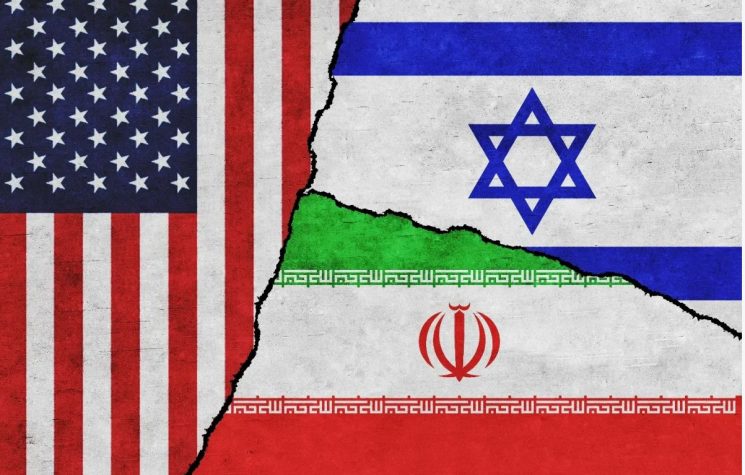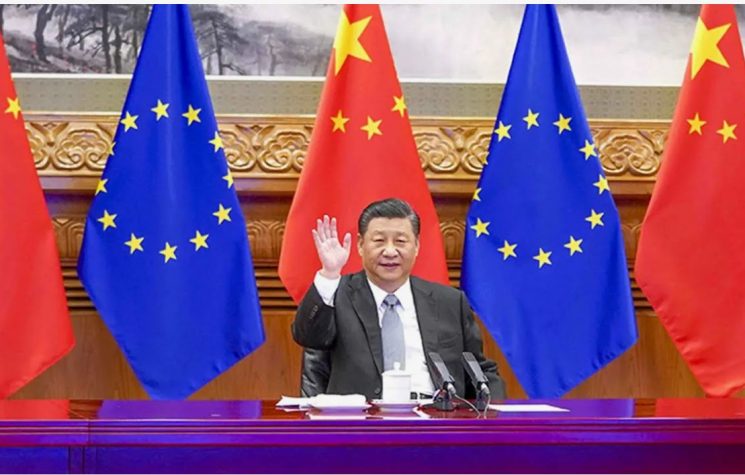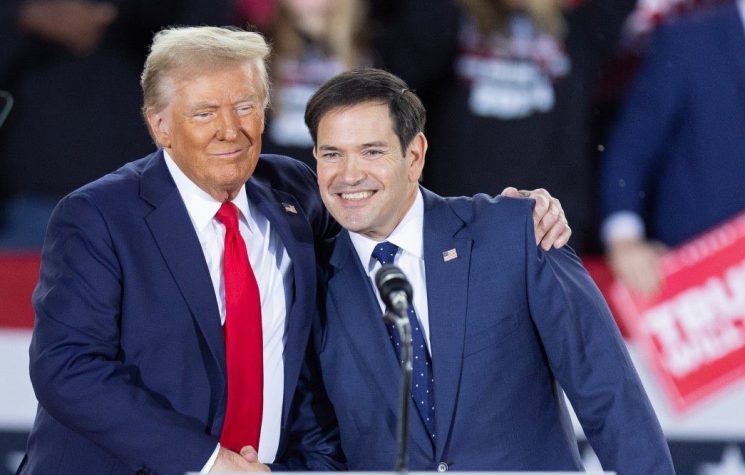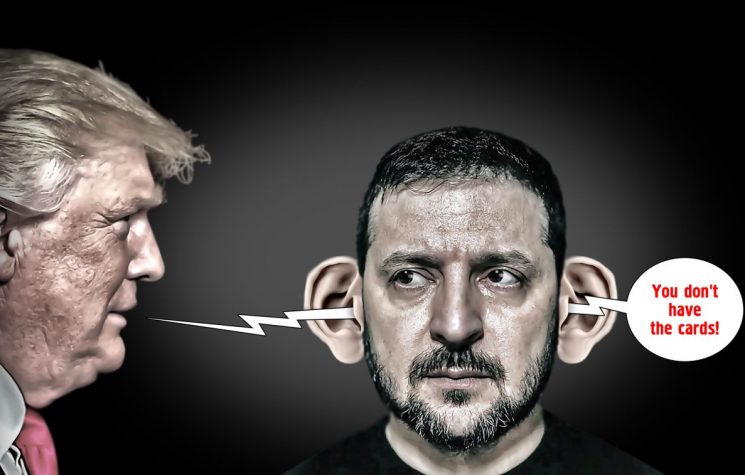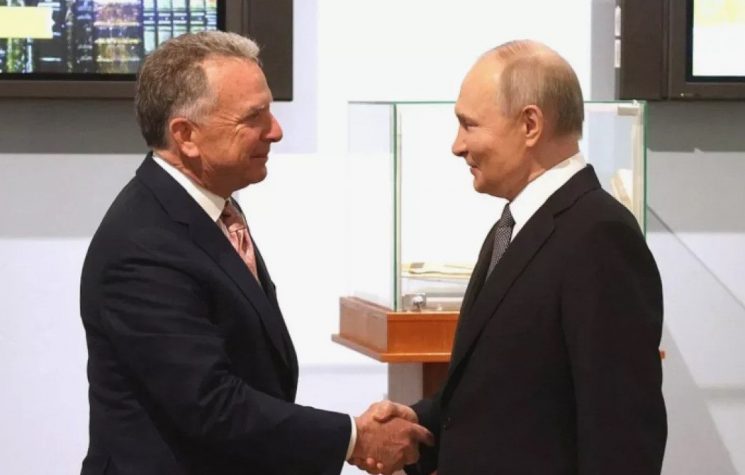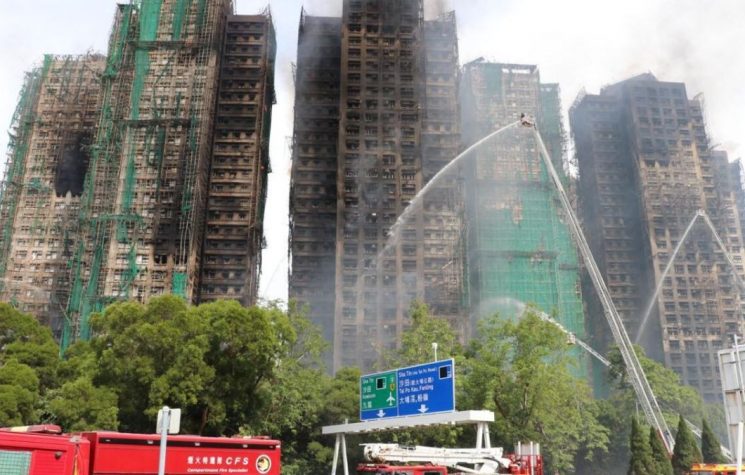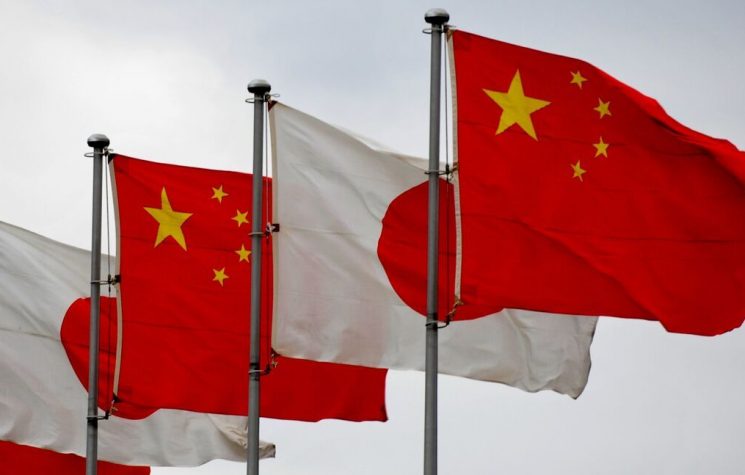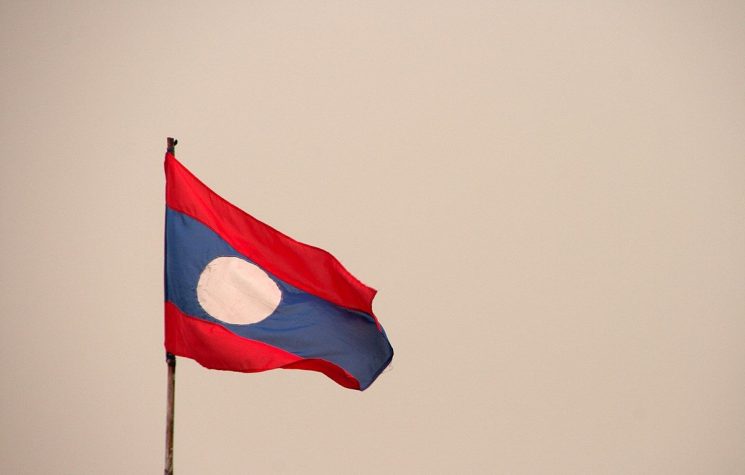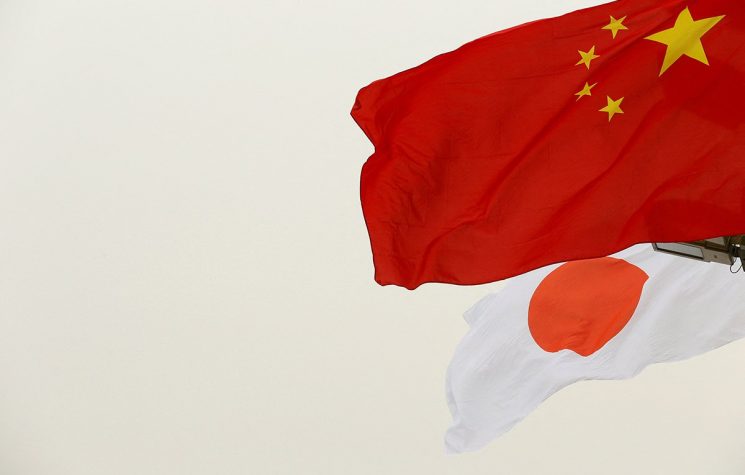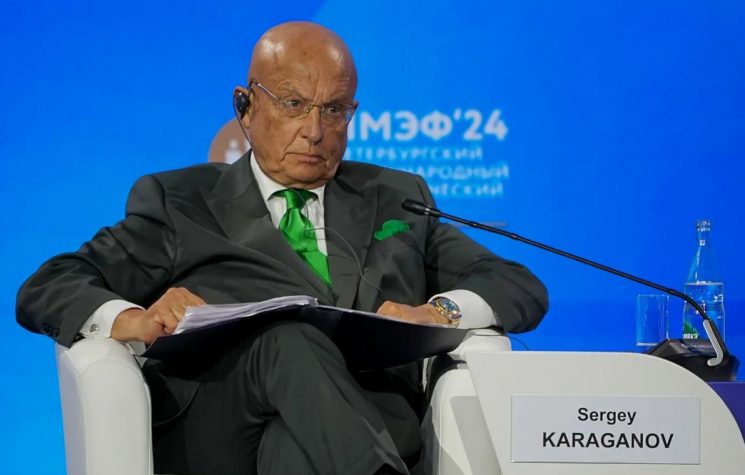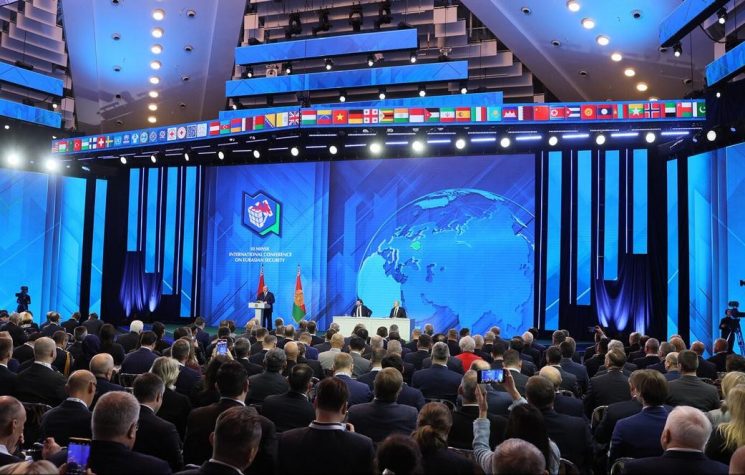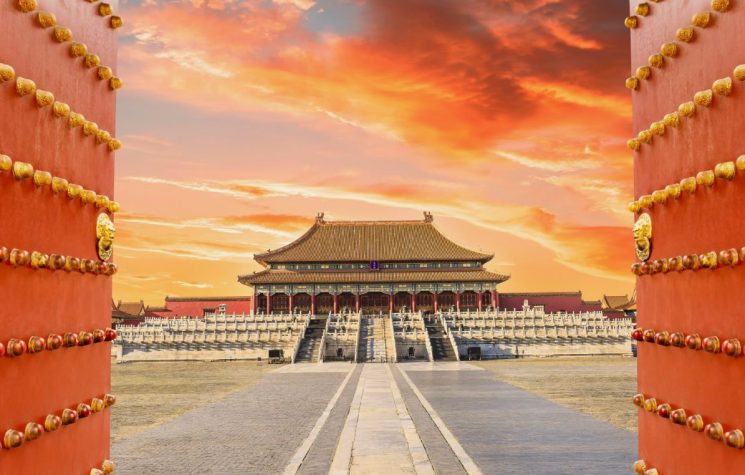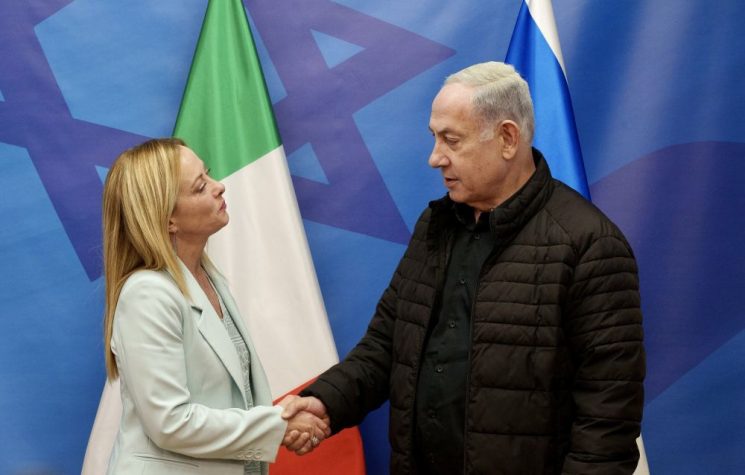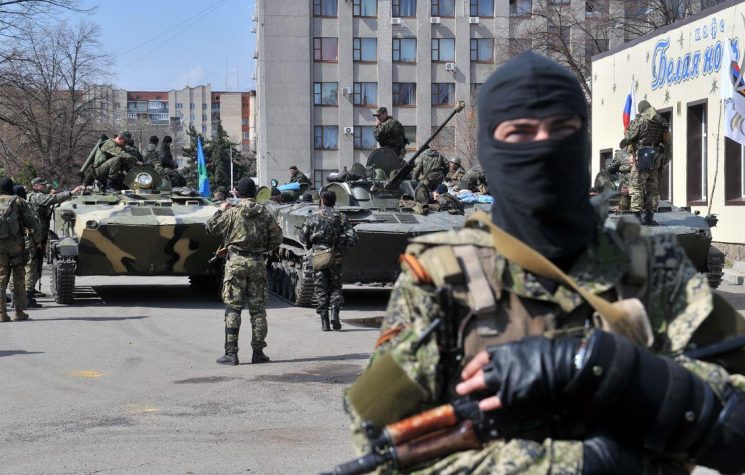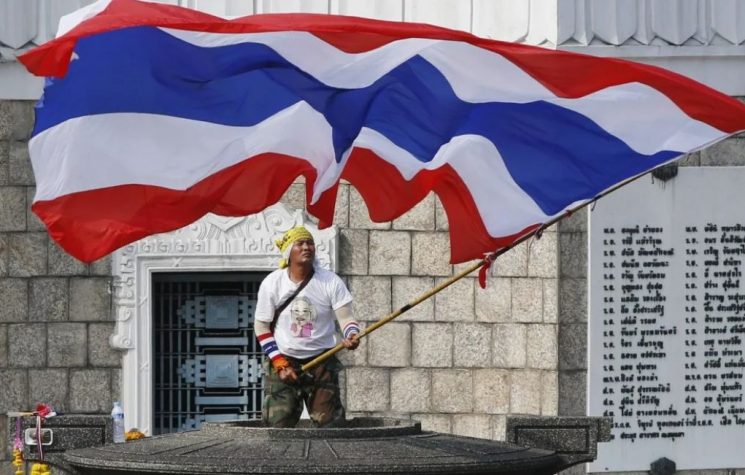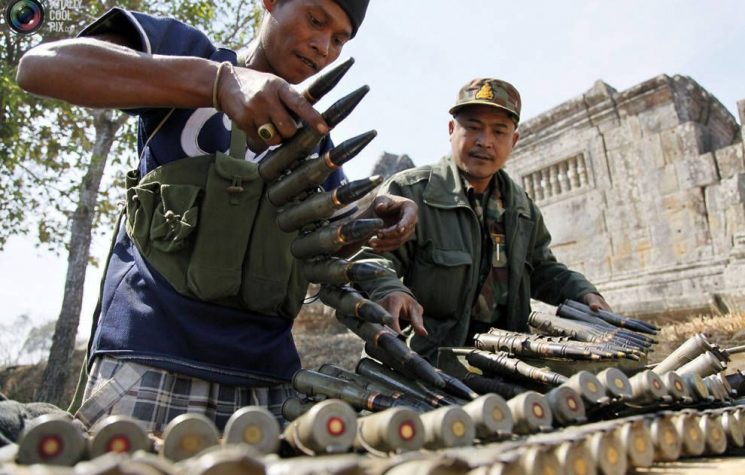The latest conflict in Asia is essentially local in nature, rooted in historical disputes, and not yet heavily influenced by the international situation — but it could soon become a new stage for global confrontation.
Join us on Telegram![]() , Twitter
, Twitter![]() , and VK
, and VK![]() .
.
Contact us: info@strategic-culture.su
The current clash between Thailand and Cambodia is more than an isolated episode of instability; it is a direct reflection of the accumulated tension between two civilizations descended from ancient empires. The battleground, the temple of Preah Vihear, goes beyond a mere territorial dispute: it is a spiritual, political, and historical symbol that has reemerged as a focal point of a conflict with deep roots. Behind the artillery fire and border skirmishes lies an old rivalry dating back to the decline of the Khmer Empire and the rise of Ayutthaya — a clash between two legacies that helped shape Southeast Asia.
Located in the Dângrêk Mountains, the temple of Preah Vihear was initially built in the 9th century by King Jayavarman II, founder of the Khmer Empire, with the purpose of worshiping Shiva and consolidating the doctrine of devaraja, the divine kingship of the ruler as an absolute sovereign. Although Cambodia’s historical path later embraced Theravāda Buddhism, the temple never lost its symbolic value. For Cambodians, it represents the spiritual continuity of their nation. For Thais, descendants of the conquering Ayutthaya Empire, the site retains elements of a shared heritage they also claim as their own. Throughout the 20th century, and especially following the colonial border demarcations imposed by European powers, this small enclave became a persistent flashpoint, reigniting nationalist passions on both sides.
But it is not just history that fuels the present. The current context contains explosive elements. Thailand, though formally part of BRICS+ and economically aligned with China, still maintains strong ties with the West and is embroiled in a complex internal struggle for power between civilians and the military. The recent suspension of Prime Minister Paetongtarn Shinawatra, following embarrassing leaks related to the border conflict, has undermined the authority of the civilian government and brought the military back into the spotlight. The Thai army, frequently involved in coups and weakened by recent scandals, may have seen in this confrontation an opportunity to reassert its position before the national public. Launching a limited offensive against a weaker neighbor like Cambodia could be interpreted as an attempt to boost morale and reclaim control over the nationalist narrative.
On the other side, Cambodia remains a strategic partner of China in the region, deepening its economic and military dependence on Beijing. Infrastructure projects like the canal linking Cambodia’s interior to the sea — bypassing the delta controlled by Vietnam — carry significant geopolitical implications. Beijing sees Phnom Penh as a loyal ally in the Southeast Asian chessboard, reinforcing Cambodia’s resolve not to yield to Thai pressure — especially when what’s at stake is a symbol of national identity. Despite the imbalance in military capabilities, Cambodia is relying on international diplomacy and historical symbolism to hold its ground.
This escalation, therefore, is not the product of external manipulation (though such influence exists and plays a role), but of an autonomous process deeply embedded in the national psyches of both peoples. It is a conflict where religion, military pride, domestic politics, and civilizational memory interlace in complex ways. The temple on the contested border is not just a stone structure atop a mountain, but a mirror of Southeast Asia’s soul — a soul torn between a glorious past and a turbulent present.
In times of global security crises, historical and local tensions more easily erupt into open conflict. The conflict in Asia is not a direct result of NATO–Eurasia tensions, but it is influenced by them — and thus, it could soon become a new theater for great power confrontation.
The outcome remains uncertain, but what is clear is that the ghosts of history continue to shape the present.








